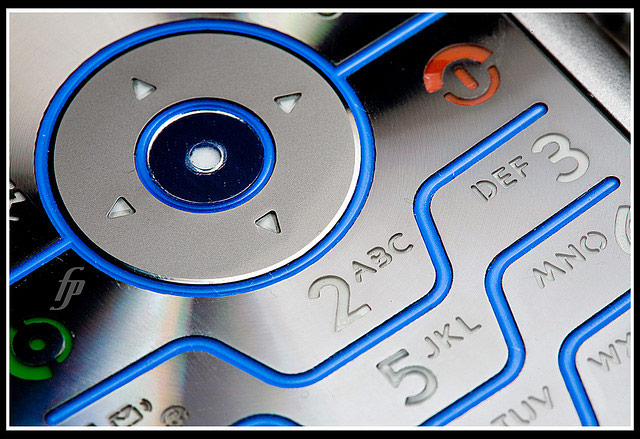
That is despite the fact, of course, that the latest smartphone market share numbers say that Android and iOS dominate smartphone sales with a combined 82 percent market share, and that Samsung, Apple, and LG have a combined 60 percent market share of all phones sold, including feature phones.
[aditude-amp id="flyingcarpet" targeting='{"env":"staging","page_type":"article","post_id":507763,"post_type":"story","post_chan":"none","tags":null,"ai":false,"category":"none","all_categories":"business,mobile,offbeat,","session":"D"}']Almost all of those phones have virtual, not hard keyboards.
Ouch.
AI Weekly
The must-read newsletter for AI and Big Data industry written by Khari Johnson, Kyle Wiggers, and Seth Colaner.
Included with VentureBeat Insider and VentureBeat VIP memberships.
The surprising fact, of course, is that Nokia is right: all other things being equal, a physical keyboard is probably superior to a virtual one. Most can touch-type, type faster, and make fewer errors with an actual keyboard.
But the funniest part of the Nokia blog post?
Mastering predictive text (aka T-9) should be a rite of passage for every young (or old!) person getting to grips with their first mobile phone.
My first mobile phone was a Motorola flip phone in the last 1990s, and I had a succession of dumbphones since. I never, ever learned T9. Now, of course, I never will.
Did you?
photo credit: fensterbme via photo pin cc, KhE 龙 via photo pin cc
[aditude-amp id="medium1" targeting='{"env":"staging","page_type":"article","post_id":507763,"post_type":"story","post_chan":"none","tags":null,"ai":false,"category":"none","all_categories":"business,mobile,offbeat,","session":"D"}']
VentureBeat's mission is to be a digital town square for technical decision-makers to gain knowledge about transformative enterprise technology and transact. Learn More